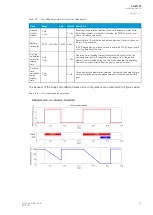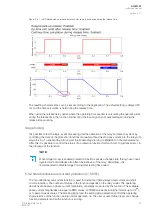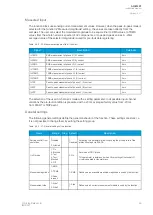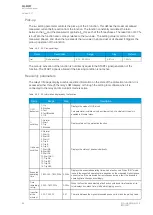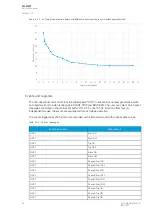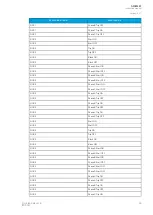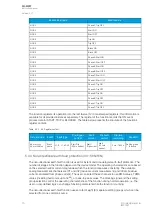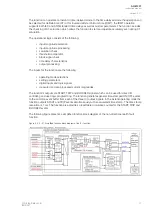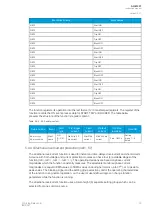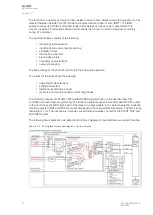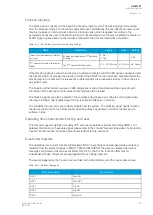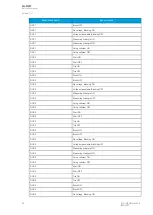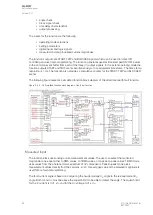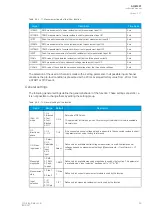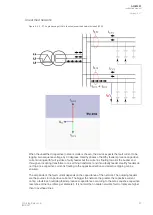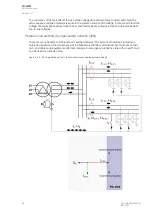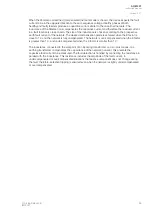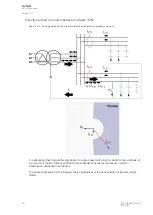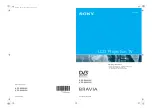
Event block name
Event names
NEF2
Start ON
NEF2
Start OFF
NEF2
Trip ON
NEF2
Trip OFF
NEF2
Block ON
NEF2
Block OFF
NEF3
Start ON
NEF3
Start OFF
NEF3
Trip ON
NEF3
Trip OFF
NEF3
Block ON
NEF3
Block OFF
NEF4
Start ON
NEF4
Start OFF
NEF4
Trip ON
NEF4
Trip OFF
NEF4
Block ON
NEF4
Block OFF
The function registers its operation into the last twelve (12) time-stamped registers. The register of the
function records the ON event process data for START, TRIP or BLOCKED. The table below
presents the structure of the function's register content.
Table. 5.4.3 - 63. Register content.
Date and time
Event
Fault
type
Pre-trigger
current
Fault
current
Pre-fault
current
Trip time
remaining
Used SG
dd.mm.yyyy
hh:mm:ss.mss
Event
name
A-G-
R…C-G-
F
Start/trip -20
ms current
Start/Trip
current
Start -200ms
current
0 ms...1800s
Setting
group 1...8
active
5.4.4 Directional overcurrent protection (Idir>; 67)
The directional overcurrent function is used for instant and time-delayed overcurrent and short-circuits.
A device with both voltage and current protection modules can have four (4) available stages of the
function (Idir>, Idir>>, Idir>>>, Idir>>>>). The operating decisions are based on phase current
magnitudes which the function constantly measures. The selectable monitored phase current
magnitudes are equal to RMS values, to TRMS values (including harmonics up to 31
st
), or to peak-to-
peak values. The blocking signal and the setting group selection control the operating characteristics
of the function during normal operation, i.e. the user or user-defined logic can change function
parameters while the function is running.
The directional overcurrent function uses a total of eight (8) separate setting groups which can be
selected from one common source.
A
AQ
Q-M257
-M257
Instruction manual
Version: 2.07
© Arcteq Relays Ltd
IM00021
75
Summary of Contents for AQ-M257
Page 1: ...AQ M257 Motor protection IED Instruction manual...
Page 2: ......

